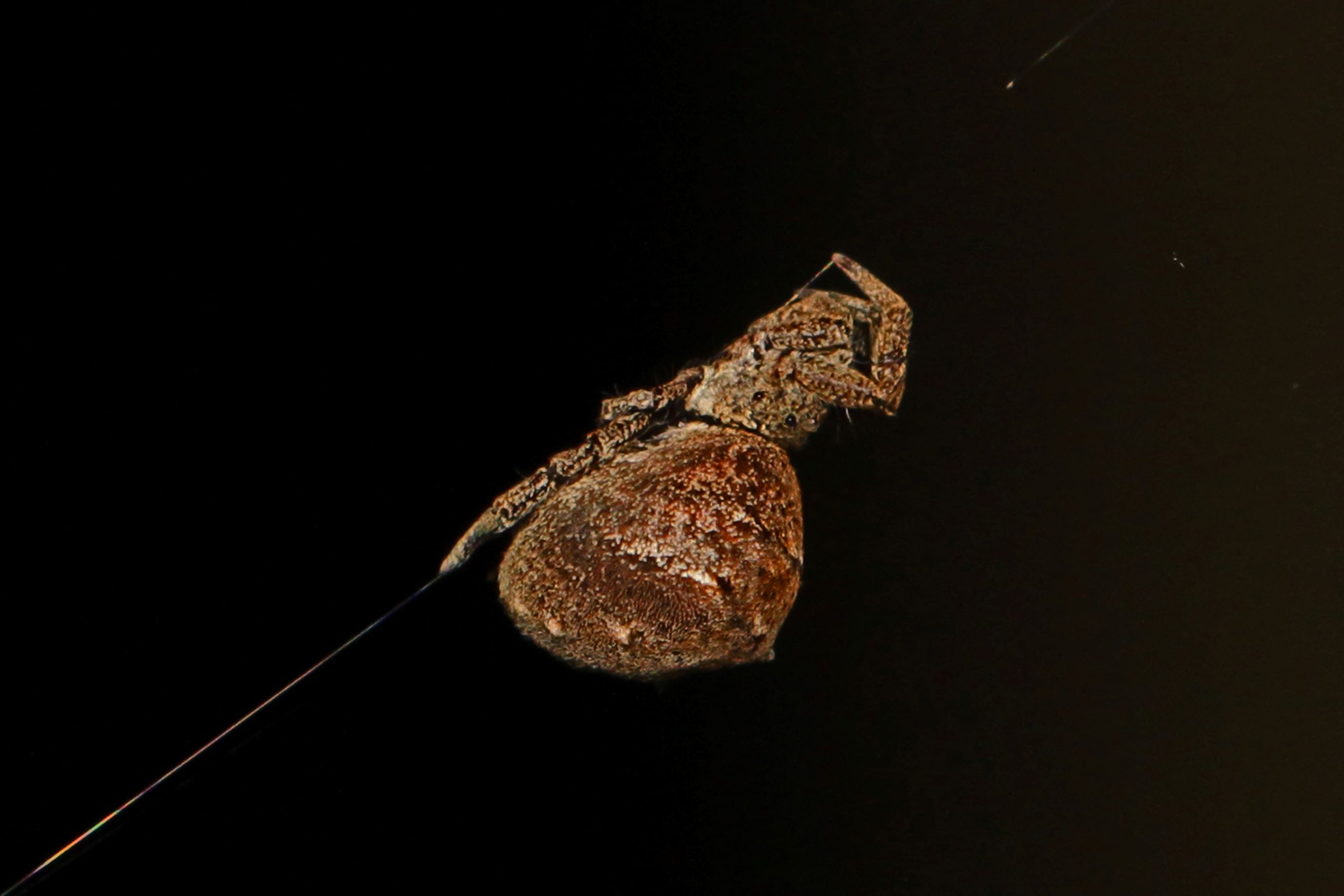
The triangle-weaver spider, also known as the Triangulate Orbweaver, is a fascinating creature that can be found in various parts of the world. These small but intricate spiders have captured the attention of arachnid enthusiasts and researchers alike, thanks to their unique characteristics and astounding abilities. In this article, we will delve into the world of triangle-weaver spiders and uncover 16 astonishing facts about them that will leave you in awe. From their intricate web-building skills to their remarkable hunting techniques, these spiders are truly remarkable creatures of nature. So, let’s embark on this captivating journey and explore the hidden wonders of the triangle-weaver spider.
Key Takeaways:
- The Triangle-weaver Spider creates a unique triangular web and helps control insect populations, making it an important part of the ecosystem’s balance.
- These spiders are small, venomous, and have impressive camouflage skills, making them fascinating creatures with a crucial role in natural pest control.
The Triangle-weaver Spider is known for its unique triangular web.
The Triangle-weaver Spider, also known as the Triangulate Cobweb Spider, creates a distinct triangular web that is different from the typical round or orb-shaped webs of other spiders.
This spider can be found in various parts of the world.
The Triangle-weaver Spider is distributed across different regions, including North America, Europe, Africa, and Asia. It has adapted to different climates and habitats.
They are relatively small in size.
On average, Triangle-weaver Spiders measure around 0.2 to 0.4 inches in body length. However, their leg span can be longer, reaching up to 1 inch.
Male and female Triangle-weaver Spiders have distinctive markings.
The males typically have a brownish or grayish color with darker markings, while the females are larger and have a more vibrant abdomen pattern.
Triangle-weaver Spiders are known for their venomous bite.
Although not considered dangerous to humans, their bite can cause some discomfort and minor swelling. Medical attention is usually not required unless there is an allergic reaction.
They are opportunistic hunters.
Triangle-weaver Spiders build their triangular webs in areas with high insect activity, waiting for prey to stumble into their trap.
These spiders possess impressive camouflage skills.
Their coloration and pattern allow them to blend seamlessly with their surroundings, making them difficult for predators to spot.
Triangle-weaver Spiders molt as they grow.
Like other spiders, the Triangle-weaver Spider sheds its exoskeleton in a process called molting in order to grow. They may molt several times throughout their lifespan.
They exhibit maternal care towards their offspring.
Female Triangle-weaver Spiders guard their egg sacs, and once the spiderlings hatch, they often remain close to their mother for some time, seeking her protection and guidance.
Triangle-weaver Spiders are beneficial for natural pest control.
By feeding on insects, these spiders help maintain the balance of ecosystems and reduce pest populations in their habitats.
Their silk is strong and long-lasting.
The silk produced by Triangle-weaver Spiders is known for its durability. It can withstand strong winds and is less likely to break compared to other spider silks.
These spiders are nocturnal.
Triangle-weaver Spiders are primarily active during the night, using their keen senses to detect and capture prey in low-light conditions.
The Triangle-weaver Spider’s venom contains enzymes that help digest prey.
Once the spider immobilizes its prey with venom, it injects digestive enzymes that break down the internal tissues, allowing the spider to consume its meal.
They are solitary creatures.
Triangle-weaver Spiders typically live and hunt alone, only coming into contact with members of their own species for mating purposes.
Triangle-weaver Spiders undergo a courtship ritual.
Before mating, male Triangle-weaver Spiders perform a series of intricate movements and displays to woo the female.
They play an essential role in maintaining ecosystem balance.
As predators, Triangle-weaver Spiders control insect populations, helping to prevent pest outbreaks and promoting a healthier ecosystem.
Conclusion
The triangle-weaver spider is a fascinating creature that exhibits unique behaviors and adaptations. From their intricate web designs to their impressive hunting strategies, these spiders have captivated the interest of scientists and nature enthusiasts alike. With their ability to adapt to various environments and their role in maintaining ecological balance, triangle-weaver spiders continue to play an important role in the animal kingdom.
FAQs
Q: What is a triangle-weaver spider?
A: A triangle-weaver spider is a type of orb-weaving spider that belongs to the family Araneidae. They are characterized by their triangular-shaped webs and various species can be found across different regions of the world.
Q: How do triangle-weaver spiders build their webs?
A: Triangle-weaver spiders construct their webs by producing silk threads from special glands in their abdomen. They start with a framework of radiating threads and then add sticky capture threads in a spiral pattern. The resulting web is a marvel of engineering, allowing the spider to catch its prey.
Q: What do triangle-weaver spiders eat?
A: Triangle-weaver spiders primarily feed on insects that get caught in their webs. Common prey includes flies, moths, beetles, and other small arthropods.
Q: Are triangle-weaver spiders venomous?
A: Yes, triangle-weaver spiders are venomous. However, their venom is not considered harmful to humans. Their venom is mainly used to immobilize and liquefy their prey, making it easier for them to consume.
Q: How do triangle-weaver spiders reproduce?
A: Triangle-weaver spiders engage in a courtship ritual where the males approach the females cautiously. Once mating occurs, the female lays eggs which are then protected and guarded by her until they hatch. The spiderlings undergo several molts before reaching adulthood.
Was this page helpful?
Our commitment to delivering trustworthy and engaging content is at the heart of what we do. Each fact on our site is contributed by real users like you, bringing a wealth of diverse insights and information. To ensure the highest standards of accuracy and reliability, our dedicated editors meticulously review each submission. This process guarantees that the facts we share are not only fascinating but also credible. Trust in our commitment to quality and authenticity as you explore and learn with us.
